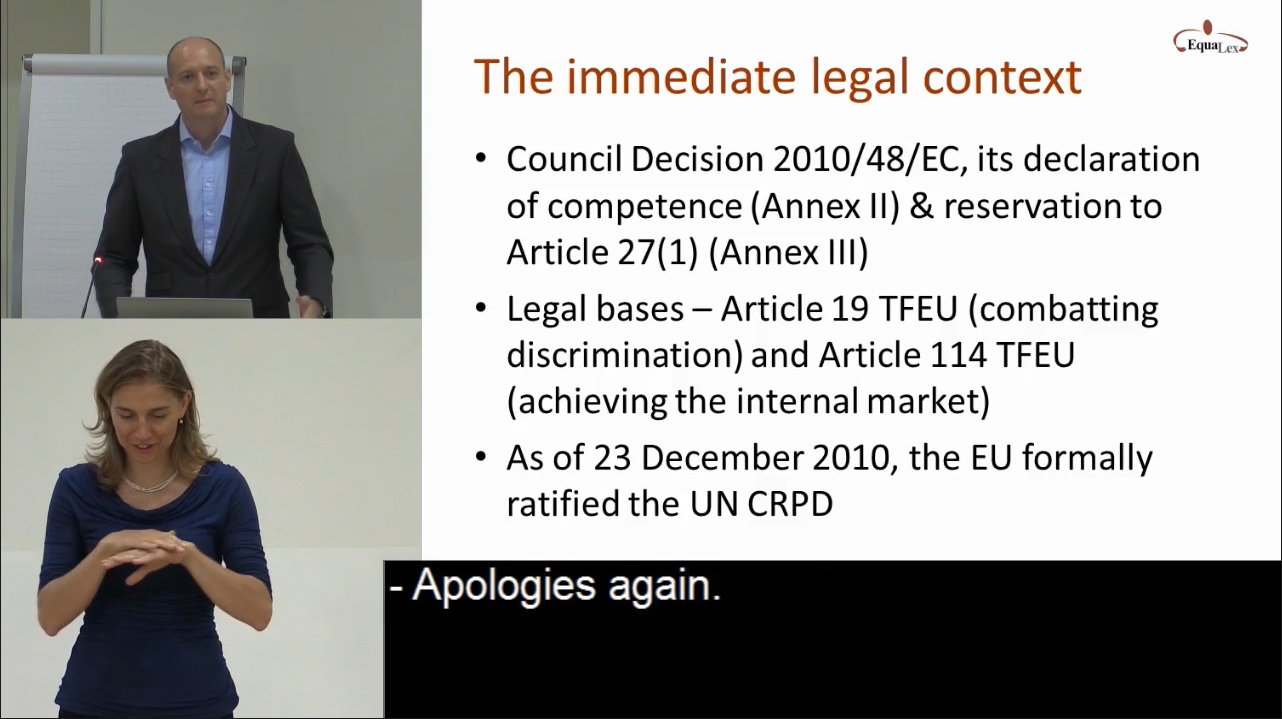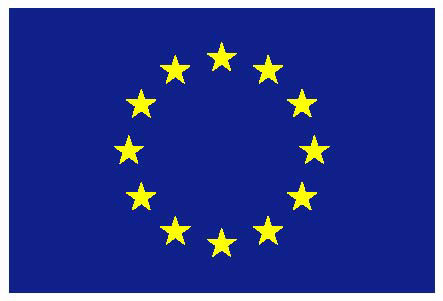The Relationship between UN CRPD and EU Law
Introduction
In 2009, the EU adopted its Act of Accession to the UN Convention on the Rights of persons with disabilities (UNCRPD), with Council Decision 2010/48/EC. Annex II of this Decision includes a Declaration of Competence which lays down the EU competence in relation to the UN Convention (since it is a mixed agreement).
The legal bases for this Council decision can be found in Art.19 and Art.114 of the Treaty of the Functioning of the European Union. Art.19 allows the Union to take measures to combat discrimination on various grounds, including disability. Art.114 deals with the adoption of laws to facilitate the functioning of the internal market, and increase the harmonisation of the legal framework, since inconsistencies in national laws could create barriers to the participation of businesses in the internal market. Measures to combat discrimination on grounds of disability can, in this sense, enable people with disabilities to participate in the market, as labour market participants, consumers or producers of goods.
The EU formally ratified the Convention on 23 December 2010, but the Act of Accession already had a binding effect on both EU institutions and Member States. Member States are not only bound by the UN to enforce the Convention, but equally to the EU, contributing to enforcement of EU actions under the Convention. The UNCRPD has a quasi-constitutional status within EU law, being hierarchically below the Treaties but above secondary EU law. Accordingly, the latter must be interpreted consistently with the Convention.
Click here to see the captioning of the presentation.


